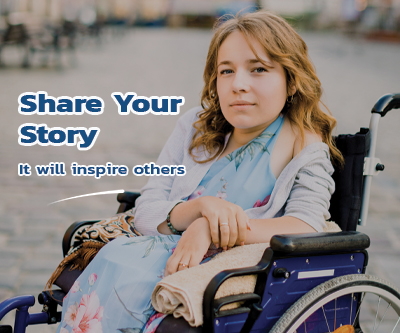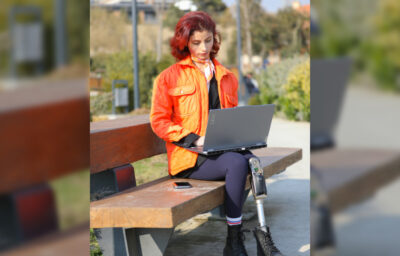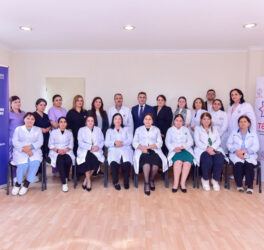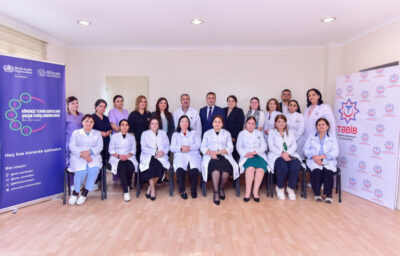
An advanced AI tool can detect tiny brain lesions that cause severe epilepsy in children, allowing faster diagnosis, more precise treatment and a potential cure, according to a new study.
Developed by a team at Murdoch Children’s Research Institute (MCRI) and The Royal Children’s Hospital (RCH), the “AI epilepsy detective” can find lesions (focal cortical dysplasias) the size of a blueberry, in up to 94% of cases with the support of medical imaging.
MCRI’s Dr. Emma Macdonald-Laurs, an RCH neurologist who led the team that created the detector, said more accurate diagnosis of cortical dysplasia would lead to faster referrals for epilepsy surgery, fewer seizures and improved long-term developmental outcomes.
“Identifying the cause early lets us tailor treatment options and helps neurosurgeons plan and navigate surgery,” she said.
“With more accurate imaging, neurosurgeons can develop a safer surgical roadmap to avoid important blood vessels and brain regions that control speech, thinking and movement and removing healthy brain tissue. Children also avoid the need to have to undergo invasive testing.”
Published in Epilepsia, the MCRI-led study involved 71 children at the RCH and 23 adults at the Austin Hospital with cortical dysplasia and focal epilepsy, which causes recurring seizures. Before using the AI detector’s keen eye, the study found 80% of patients had their diagnosis missed by human examination of their MRI results.
MRI and FDG-positron emission tomography (FDG-PET scans) were used to train the detector, with children separated into training and test cohorts. A separate group of adult scans were used for additional validation of the detector’s performance.
Using information from both MRI and PET scans, the best result was recorded in the test cohort with a success rate of 94%. Of the 17 children in the test group, 12 had surgery and 11 are now seizure free.
About one in 200 children has epilepsy. Cortical dysplasias, which develop when the baby is still in the womb, are a common cause of drug-resistant seizures.
“The seizures usually start out of the blue during the preschool or early school years before escalating to multiple times a day,” Dr. Macdonald-Laurs said.
“Children often need to attend the emergency department or be admitted to hospital for treatment. Over time, frequent seizures impact on a child’s behavior, mood and ability to learn.
“Epilepsy due to cortical dysplasia can, however, be improved or cured with epilepsy surgery if the abnormal brain tissue can be located and removed.”
But Dr. Macdonald-Laurs said cortical dysplasias were hard to spot on routine MRIs, with less than half being recognized on a child’s first scan.
“Cortical dysplasias can be impossible for traditional MRI techniques to identify,” she said. “Failure to locate the abnormal tissue slows the pathway to a definitive diagnosis and may stop a child being referred for potentially curative epilepsy surgery.
“The longer a child continues to have uncontrolled seizures, the more likely they are to develop learning difficulties, including intellectual disability.”
Dr. Macdonald-Laurs said with additional funding the team could test the detector in pediatric hospitals across Australia.
Researchers from The Royal Children’s Hospital, the University of Melbourne, Florey Institute of Neuroscience and Mental Health, Harvard Medical School and the Austin Hospital also contributed to the study.








